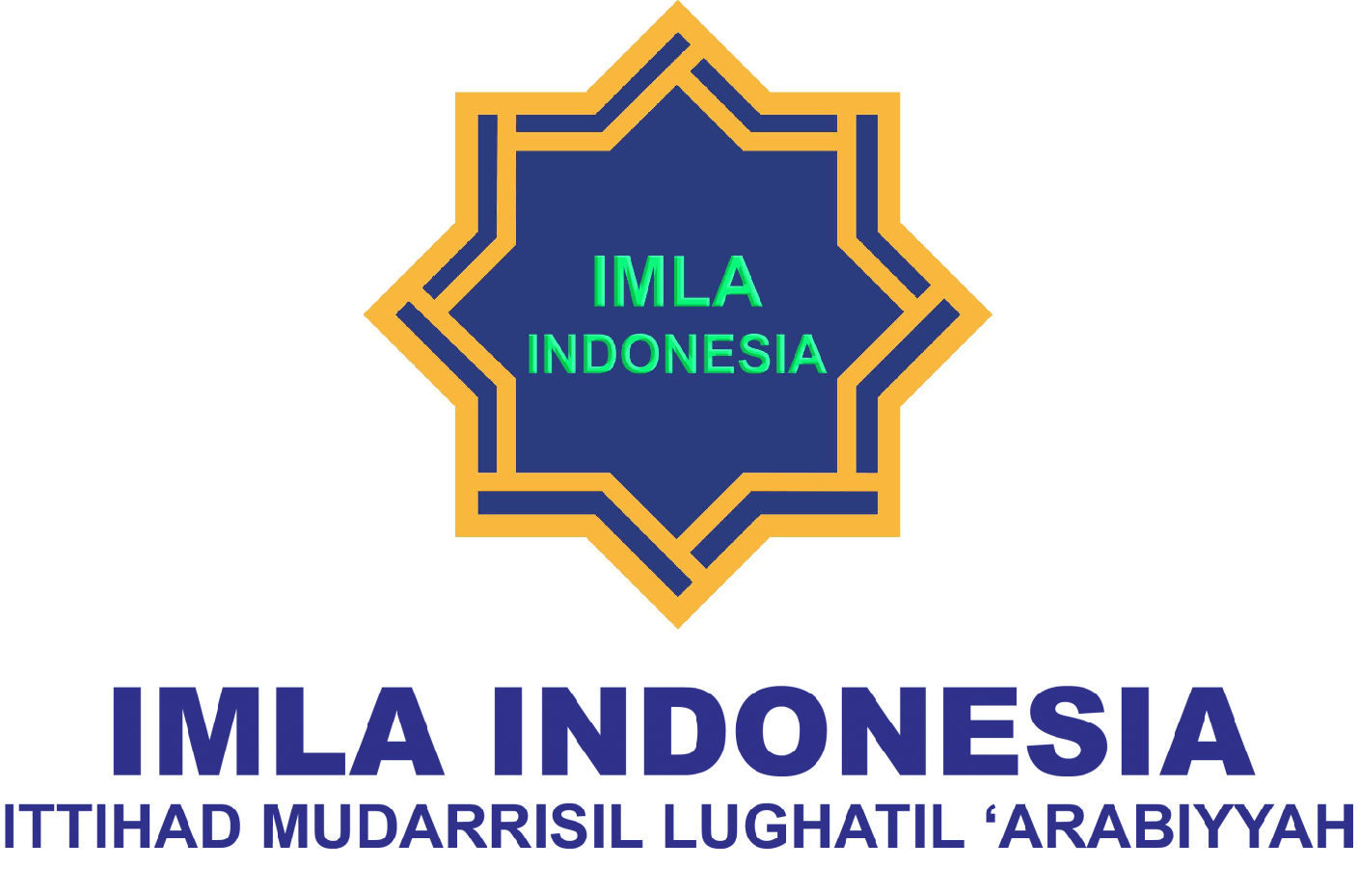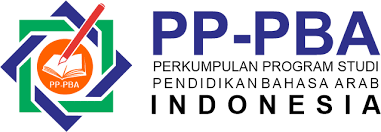IstikhdÄm Namudhaj al-Ma’raḠal-MÄshi (Gallery Walk) li Ta’lÄ«m al- TarÄkib fÄ« al-Madrasah al-ThÄnawiyyah al-IslÄmiyyah al-ḤukÅ«miyyah 3 Agam
DOI:
https://doi.org/10.30983/huruf.v3i2.6817Keywords:
Arabic Language Learning, Gallery Walk Model, Grammar LearningAbstract
The problem in tarkib learning (structure) is the lack of student motivation and interest in learning because teachers use traditional learning models that center on the teacher. The purpose of this study was to determine how tarkib learning with the Gallery Walk model, its effectiveness, and how students respond to tarkib learning using the Gallery Walk model at MTsN 3 Agam. Researchers use experimental methods with True Experimental Design. The research instruments were a post-test test and a questionnaire. The population of this study was all seventh-grade students of MTsN 3 Agam in the 2022-2023 school year while the research sampling technique was Simple Random Sampling. Research results: (1) Students share thoughts and discussions about tarkib, pour it on large paper, and then stick it on the wall of the classroom. Then the group goes around while the speaker stays in the group to explain the results of the group to visitors who continue to return to their respective groups and explain it to the speaker of the group. (2) The Sig. (2-tailed) value of 0.032 is smaller than 0.05 and the results of the t-count value (2.190) and t-table (1.998). The t-count is greater than the t-table, so the null hypothesis (H0) is rejected and the alternative hypothesis (Ha) is accepted. (3) Analysis of student responses showed (a) 85.31% of students were interested in the Gallery Walk model (very positive response) (b) 86% of students stated that the Gallery Walk model was useful (very positive response) and (c) 86.25% of students' desire to use the Gallery Walk model in other lessons.
References
Al-Mu’min, HÄlah ‘Abd, ‘, Al-Ta’lÄ«m Al-MutamÄzij Wa MahÄrÄt Al-Qarn Al-WÄhid Wa Al-‘IshrÄ«n, DirÄsÄh TaḥlÄ«liah No Title’, Al-Majallaah Al-‘Arabiyah Li I’LÄm Wa ThaqÄfah Al-Ṭifl, 4.17 (2021)
Hendri, Muspika, ‘Pembelajaran Keterampilan Berbicara Bahasa Arab Melalui ‎Pendekatan Komunikatif’, Potensia, Jurnal Kependidikan Islam, 3.2 (2017).
Lopez, Mary Kathleen Rose R., Ruth A. Ortega-Dela Cruz, ‘Gallery Walk ‎technique in Enhancing Reading Comprehension and Oral English Language ‎proficiency of Junior High School StudentsNo Title’, Waikato: Journal of Education, 27.3 (2011).
Machmudah, Umi, and Abdul Wahab Rosyidi, Active Learning Dalam Pembelajaran Bahasa Arab (Malang: UIN Maliki Press, 2016)
Mariyaningsih, Nining, Mistina Hidayati, Bukan Kelas Biasa: Teori Dan Praktik ‎Berbagai Model Dan Metode Pembelajaran Menerapkan Inovasi Pembelajaran Di ‎Kelas-Kelas Inspiratif (Surakarta: Kekata, 2018)
Melvin L. Silberman, trans. Raisul Muttaqien, Active Learning 101 Cara Belajar Siswa ‎Aktif. Bandung (Nuansa Cendekia)
Ramsaroop, Sarita, Nadine Petersen, ‘Building Professional Competencies through ‎a Service Learning “Gallery Walk†in Primary School Teacher EducationNo Title’, Journal of ‎University Teaching and Learning Practice, 17.3 (2020)
Sa’adiyah, Hurriyatus, and Indra Saputra, ‘تØليل Ù…Øتوى كتاب دروس اللغة العربية الجزء الأول لإمام الزركشى Ùˆ الإمام الشباني من Øيث التراكيب وأثرها ÙÙŠ Ùهم النصوص الإسلامية’, ISLAM TRANSFORMATIF: Journal of Islamic Studies, 02.01 (2018).
Sanjaya, Wina, Strategi Pembelajaran Berorientasi Standar Proses Pendidikan (Jakarta: Kencana, 2008)
Sulthan Syahril, M. Akmansyah, ‘Pengembangan Modul Tarakib Di Kelas Vii ‎Madrasah Tsanawiyah Negeri 1 Lampung Selatan’, Jurnal Al Bayan: Jurnal ‎Jurusan Pendidikan Bahasa Arab, 8.2 (2016)
Syadiyyah, Syifa Siti, Odang, ‘No TitleIstikhdÄm WasÄ«lah Biá¹Äqahn TaÅŸnÄ«f Al-KalimÄt FÄ« Ta’lÄ«m Al-TarÄkÄ«b Li Tarqiyah Qudrah Al-TalÄmÄ«z “AlÄ Al-Insha†Al-Muwajjah’, Ta’lim Al-‘Arabiyyah : Jurnal Pendidikan ‎Bahasa Ta’LÄ«m Arab Dan Kebahasaaraban, 3.2 (2019)
Taheri, Fatemeh, Arash Bayat, Negin Moradi, Mojtaba Tavakoli, Maryam Delphi, Sahar ‎Shomeil Shushtari, Marzieh Amiri, ‘Effect of Gallery Walk Learning Strategy ‎on Clinical Performance of Audiology Students Compared to Traditional ‎Learning Strategy’, Auditory and Vestibular Research, 31.4 (2022)
Downloads
Published
Issue
Section
Citation Check
License
Authors who publish with this journal agree to the following terms:
- Authors retain copyright and grant the journal right of first publication with the work simultaneously licensed under a Creative Commons Attribution-ShareAlike 4.0 International Licensethat allows others to share the work with an acknowledgment of the work's authorship and initial publication in this journal.
- Authors are able to enter into separate, additional contractual arrangements for the non-exclusive distribution of the journal's published version of the work (e.g., post it to an institutional repository or publish it in a book), with an acknowledgment of its initial publication in this journal.
- Authors are permitted and encouraged to post their work online (e.g., in institutional repositories or on their website) prior to and during the submission process, as it can lead to productive exchanges, as well as earlier and greater citation of published work (See The Effect of Open Access).










